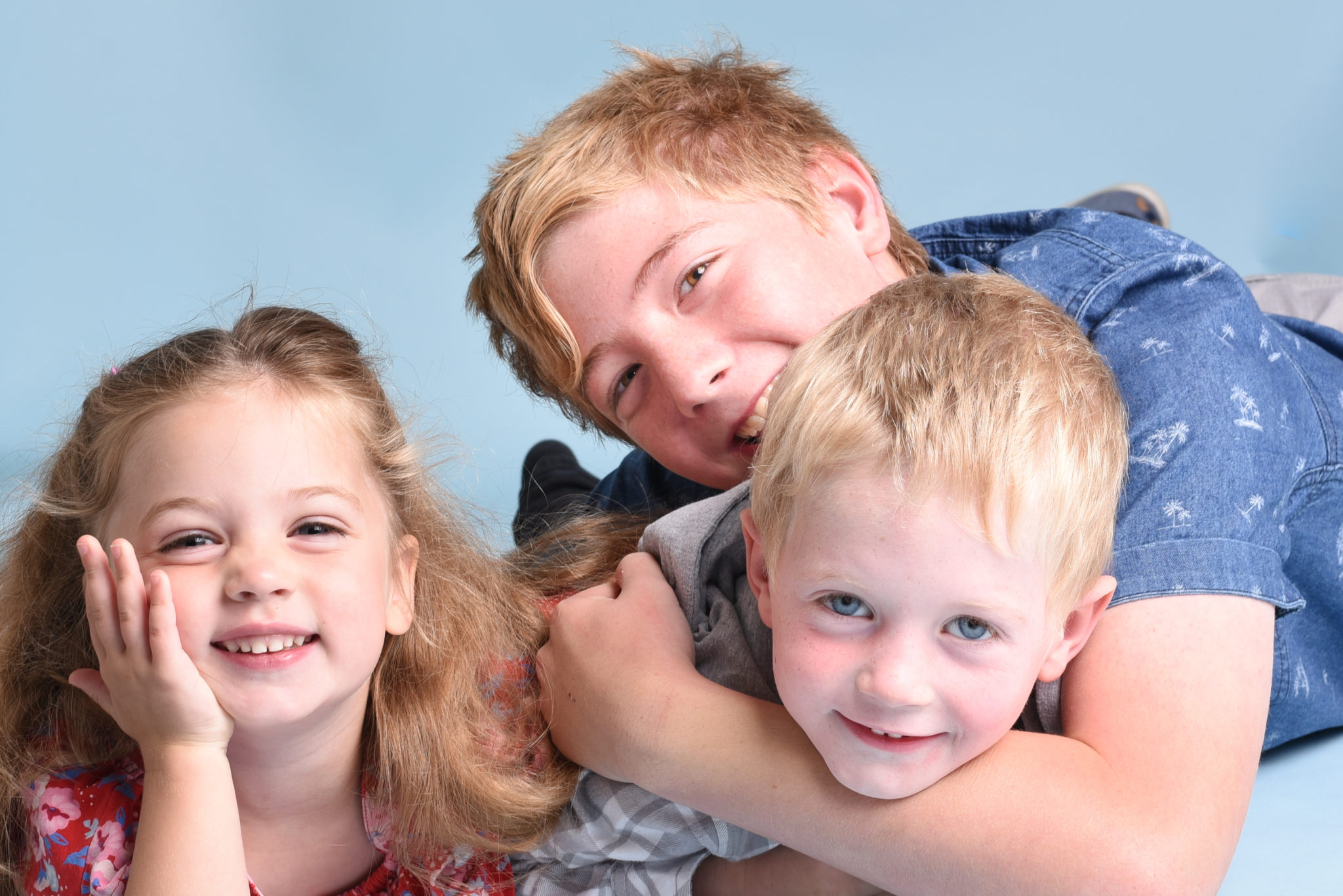What Is Matching?
We are often asked “what is matching?” in the context of foster care. Simply put, matching is the vital process of pairing a child or young person with the most suitable foster carer or foster family. It is one of the most important steps in ensuring a stable, safe, and successful fostering arrangement.
Matching is not just about finding any available household – it’s about finding the right one. It takes into account the needs of the child and the strengths, preferences, and experience of the foster carer. At TACT, the UK’s largest dedicated fostering charity, we take great care in making sure every match has the best chance of long-term success.
What is the foster care matching process?
The foster care matching process begins with a detailed referral document. This is usually created by a local authority social worker and either used internally or sent to Independent Fostering Agencies (IFAs), like TACT. The referral outlines key information about the child or young person – this includes:
- Age and gender
- Cultural or religious background
- Emotional and behavioural needs
- Educational support requirements
- Family contact arrangements
- Health or disability considerations
- Any known ‘activating’ situations (also known as ‘triggers’), trauma history, or peer group concerns
Initially, matching focuses on practical and logistical factors such as the location of the foster carer (to support school continuity and family contact), foster carer availability and their specific age range approval, household composition (e.g. other children in the home) and capacity (e.g. enough spare bedrooms if they are being requested to care for siblings).

“We spoke with TACT, who we found to be very open minded about who can foster, and they explained that it would be a case of carefully matching a child with our household who would thrive alongside our own children. So we began fostering when our son was three and our daughter was two.”
Hannah – TACT Foster Carer Since 2017
Next, a Social Worker will consider the emotional, social, and psychological needs of the young person and assess which foster carers are best placed to meet them. This stage of the foster care matching process may involve evaluating:
- The carer’s training and experience with similar needs
- Their ability to provide therapeutic support
- Personality and lifestyle compatibility
- Cultural or language matching, where possible and appropriate
Once a potential match is identified, it is reviewed thoroughly by both the local authority social worker, the foster carer and a Supervising Social Worker (if a match is being considered by an IFA). If everyone agrees to proceed, an introduction period is usually arranged. This gives the young person time to visit the foster home, meet the carer(s), and begin to build a sense of safety and connection – before the placement formally begins.

Why Matching Matters at TACT
Matching should always be the most important process when looking to place young people with foster carers, whether that process occurs solely within a local authority or via an Independent Fostering Agency. As TACT is a charity, we are under no financial pressure to make rushed or unsuitable fostering placements. In short, matching is everything to us; our focus is to make thoughtful and considered matches that work for the child, the carer, and the wider household.
This approach helps to:
- Build strong and lasting relationships
- Reduce placement disruptions
- Support better mental health and emotional stability for children
- Create safe, nurturing environments where young people can thrive
Our regional TACT teams work closely with both our foster carers and local authorities to ensure that every match is made with care, expertise, and with a long-term view of success.




